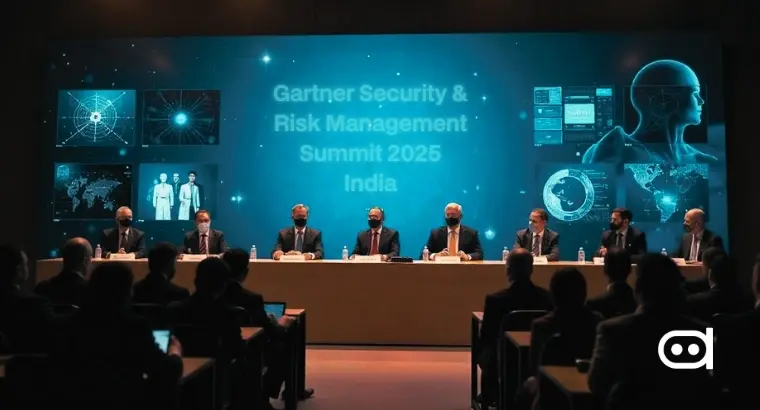
- The Gh0st RAT Trojan is reemerging with a new tactic, targeting Chinese-speaking Windows users through a fake Chrome website.
- Cybersecurity firm eSentire has uncovered this drive-by download scheme, highlighting the dangers of deceptive installer packages masquerading as legitimate software.
The Threat Landscape
Gh0st RAT, a well-known malware active since 2008, has become a significant threat targeting Chinese Windows users. This Trojan is being delivered through an evasive dropper named Gh0stGambit, which operates as part of a drive-by download attack. Users searching for Google’s Chrome browser are deceived into downloading a malicious installer from a fake website (“chrome-web[.]com”). This installer contains both a legitimate Chrome setup executable and a harmful installer (“WindowsProgram.msi”), which launches shellcode to load Gh0stGambit and, subsequently, Gh0st RAT.
ReadMore: 200+ Devices at Risk: The Alarming PKfail Vulnerability
Technical Specifications and Capabilities
An installer is running a check to see if 360 Safe Guard and Microsoft Defender Antivirus are installed before contacting a C2 server for Gh0st RAT. Its capabilities include process killing, file wiping, audio/screenshot grabbing, remote command execution, keylogging, and data theft, with it complementing the whole cases of itself by having the capability to drop other malware such as Mimikatz, enabling RDP on vulnerable hosts and deleting logs from popular browsers or applications among others thus making it an all-around tool for cyber espionage.
Wider Consequences And Preventative Steps
The recent study by eSentire highlighted once again the ongoing danger of Gh0st RAT, mostly through crafty drive-by downloads. Hence, this move underscored the need for continuous security training sessions for users and awareness programs that will assist them in recognizing such schemes. Furthermore, Symantec has noted a rise in phishing attacks involving Large Language Models (LLMs) producing malicious codes, which again shows that cyber threats continue evolving. Combating these involves combining strong security practices, teaching people how to be safe online as well as deploying advanced threat detection mechanisms.
Conclusion:
The re-emergence of Gh0st RAT via counterfeit Chrome websites is a stark reminder that fraudsters are constantly finding new ways to attack unsuspecting victims. We must therefore maintain vigilance; ensure software comes only from legitimate sources; and stay updated on current malware risks. In order to fend off these highly sophisticated assaults there should be constant education coupled with robust cybersecurity protocols in place.
Latest News :
Revolutionizing Microchip Manufacturing with Smart Water Automation
Unlocking Industrial Potential: Cisco and Rockwell’s APAC Partnership
IGT Solutions and AuxoAI Launch IGTx: Transforming Travel with AI









